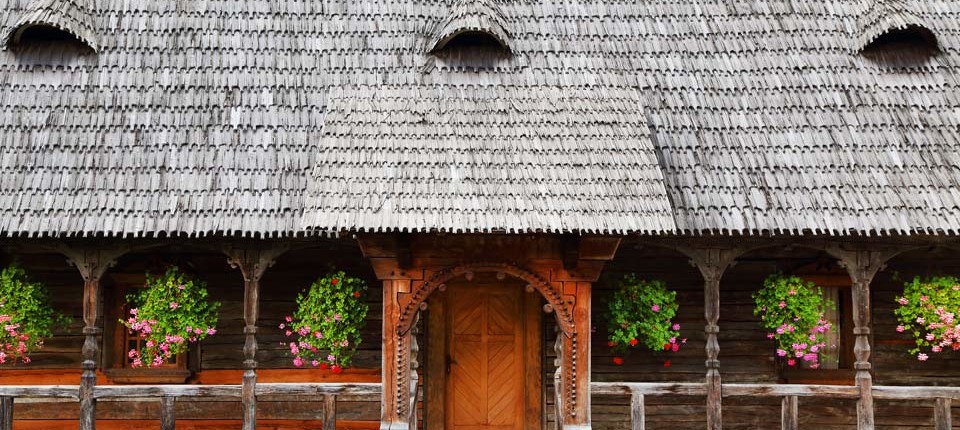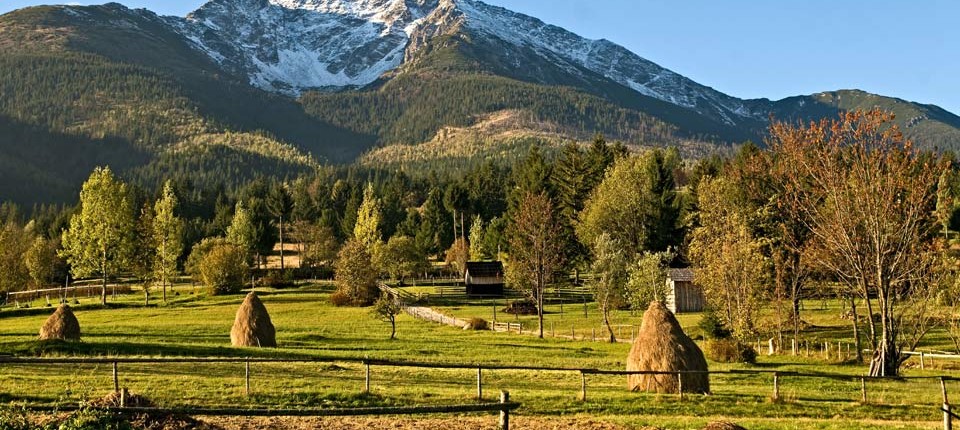On the footsteps of the Austrian-Hungarian Empire
Many traces where left in Romania by the Habsburgs.
In the 18th century, these territories now forming part of Romania belonged to the Habsburg Empire: Banat, Transylvania, Maramures and Bucovina. It was the heyday of many cities. These were important areas for the trade going on between Eastern & North-Western Europe and they were strongly influenced by this privileged position. Let’s explore the rich history of the area together, even going so far as to make a trip to Czernowitz, in Ukraine.
Day 1: Arrival in Satu Mare
Our journey begins in Satu Mare / Satu Mare. This city of German settlers – the Satu Mare Swabians – was established in the Middle Ages and it was known as an important trading post. Over the years various cultures intertwined here – the Germans, Romanians, Hungarians and Jews.
Day 3: Radauti - Chernivtsi / Cernauti - Radauti
We start early towards the cultural capital of Chernivtsi, Ukraine. The city is a center for culture, education and architecture and is often referenced as “Little Vienna” or “Jerusalem on the Prut”. It is the residence of the metropolitans of Bukovina and Dalmatia and it was declared a UNESCO World Heritage Site in 2011. We take a comprehensive city tour and eat at a traditional Ukrainian restaurant, where we learn more about Chernivtsi. In the evening, we return to the hotel in Bukovina.
Day 4: Sucevita - Moldovita - Voronet - Humor
Today we will explore Bucovina and its beautiful monasteries: Sucevita, Moldovita, Voronet and Humor. The walls of these monasteries are a story themselves, decorated with elaborate frescoes from the 15th and 16th centuries, representing scenes from Jesus’s life, but also heaven and hell, angels and demons.
Day 5: Radauti - Neamt Monastery - Agapia - Piatra Neamt
Neamt is an area with many tourist attractions: centuries-old monasteries, fascinating museums, castles and fortresses, as well as many natural parks, perfect for hiking and watching wildlife. We’ll visit the The Neamt Monastery, the oldest in Eastern Romania, and the Agapia monastery, whose frescoes have been painted by one of the best-known Romanian painters, Nicolae Grigorescu. In the afternoon we will arrive in Piatra Neamt, where we will spend the night.
Day 6: Piatra Neamt - Bicaz - Lacul Rosu - Prejmer - Brasov
As we leave the magical Bucovina behind, we drive to Transylvania through the spectacular Bicaz Canyon, one of the most beautiful canyon sights in Romania. The first stop is in the village of Tartlau, where we visit the fortified church. We continue to Kronstadt / Brasov, which was founded by the Transylvanian Saxon colonists and still has strong Saxon influences. Here we will take a tour of the old town, we’ll visit the Black Church and admire the town hall square, surrounded by buildings in the baroque style of the Austro-Hungarian times.
Day 7: Brasov - Sighisoara - Biertan - Sibiu
From Kronstadt we take off to medieval city of Sighisoara, a true gem of Transylvania, where we spend a few hours in the beautifully preserved fortress, nesting a web of narrow paved streets, old local shops and charming little cafes. Our journey takes us then to the village Birthälm / Biertan, where we enjoy the calmness of the countryside and visit the impressive Gothic-style fortified church that used to be the residence of the Lutheran Evangelical Bishop in Transylvania between 1572-1867. We continue to Sibiu and take a walk through the charming old center, as the sun sets over the city.
Day 8: Sibiu - Alba Iulia - Timisoara
Today we will discover one of the oldest settlements in Romania – Alba Iulia. In ancient times it was known under its original name of Apulum and during the Roman occupation of Dacia (actual Romanian territory) it was the largest military and economic center of the region. Nowadays we can visit the Habsburg Citadel, which is one of the most impressive ones in Europe. In the afternoon we drive west and reach Timisoara, where we spend the last night of this trip.
Day 9: Timisoara - home
Timisoara is one of the most beautiful and underrated cities in Romania, often called the City of Flowers because of its large green areas. It’s a cosmopolitan place with a thriving cultural life, ranging from theatre and musical performance to art galleries and great nightlife. It was the first city in Europe and the second one in the world, after New York, to have its streets illuminated with electricity. Spend some time enjoying its fresh atmosphere and beautiful streets before your transfer to the airport and the flight home.







